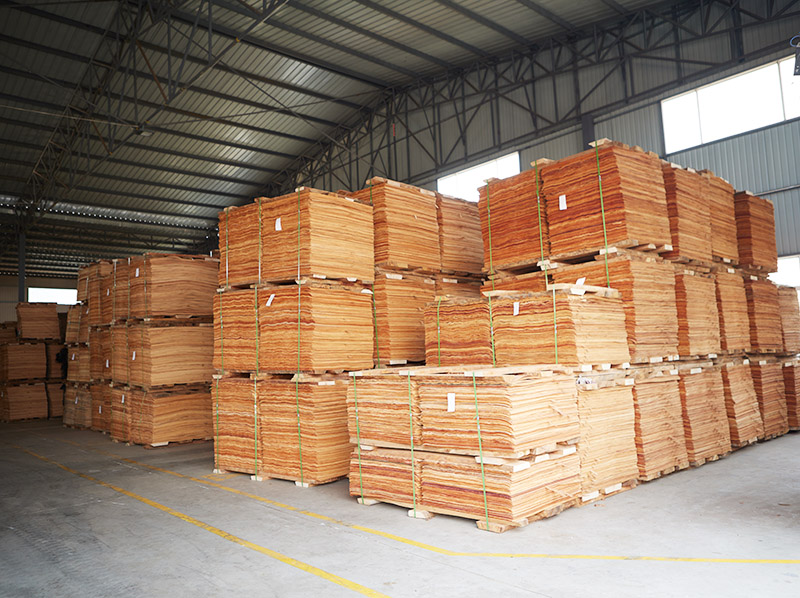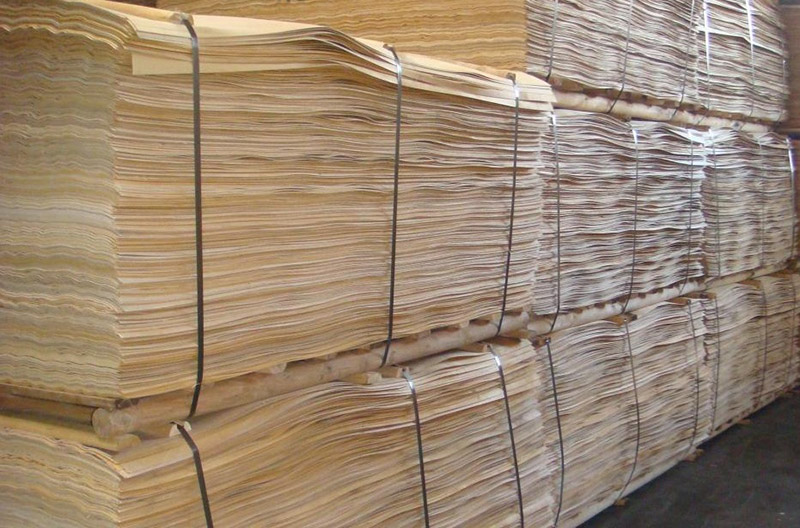The Essential Resting Period for Dried Wood Veneers
After undergoing the intense heat of the drying process, wood veneers are not immediately ready for use. A critical, yet often overlooked, step is the resting or conditioning period. This phase allows the veneers to adapt to the ambient environment, balance internal moisture, and release built-up stresses, ultimately preventing warping, cracking, and other defects in the final product. Understanding and implementing this step is fundamental to ensuring superior quality in woodworking projects.
Why Rested Veneers Perform Better
The primary reasons for this necessary pause are rooted in the very nature of wood.
Moisture Equalization: While drying reduces the overall moisture content (MC) of the veneer, the moisture distribution within the wood fibers is often uneven. The surface may be drier than the core, and different grain patterns can release moisture at varying rates. Using veneers straight from the dryer, while their internal moisture is still seeking equilibrium, invites trouble. As the wood continues to acclimate after manufacturing, this uneven moisture redistribution can cause significant warping and dimensional instability.
Internal Stress Relief: The high heat of the dryer causes wood fibers to contract. Since different parts of the veneer contract at different rates, internal stresses become locked within the material. If processed immediately, these stresses are released during cutting, sanding, or finishing, leading to cracking, checking, or delamination. A proper resting period allows these stresses to dissipate naturally, resulting in a more stable and reliable material.
Environmental Acclimation: The controlled environment of a dryer is vastly different from a workshop or installation site. Subjecting veneers to this sudden change in temperature and humidity can cause rapid moisture exchange, shocking the wood and compromising its structural integrity. Conditioning allows the veneers to gradually adapt to their final environment, ensuring long-term stability, especially crucial for furniture panels and decorative surfaces.
Best Practices for Conditioning Wood Veneers
To achieve optimal results, follow these structured guidelines for the resting period.
Duration: The recommended resting time is typically 3 to 7 days. This should be extended to 10-15 days for thicker veneers (over 5mm), dense hardwoods (like oak or walnut), or in environments with high humidity fluctuations.
Stacking Method: Veneers should be stacked neatly with stickers (dried wood strips) placed between each layer, spaced 10-15 cm apart. This ensures adequate air circulation around every sheet, preventing mold and allowing for uniform conditioning. The stack height should not exceed 1.5 meters to avoid deformation of the bottom layers due to excessive pressure.
Environment: The ideal conditioning space should be dry, well-ventilated, with a stable temperature of 15-25°C and a relative humidity of 40%-60% . It is vital to keep the stacks away from direct heat sources, air conditioning vents, or moisture.
Quality Control Check
Before moving veneers into production, a final check is essential. Use a moisture meter to verify that the MC is uniform and matches the target for its end-use (e.g., 8%-12% for indoor furniture). Also, visually inspect random sheets for any warping or defects.
Accelerated Process for Tight Deadlines
For less critical applications, a shortened process may be acceptable for thin veneers (≤5mm) of softwoods (like pine or poplar). This involves a 2-3 day rest after drying, followed by 1 day in the processing area, weighed down to minimize warping. However, for high-precision products like musical instruments or high-end furniture, the standard resting period is non-negotiable.
In conclusion, the conditioning of wood veneers is not a delay but a vital investment in quality. By allowing veneers to rest, manufacturers can drastically reduce waste, enhance product durability, and ensure customer satisfaction. For tailored advice on specific wood species or specialized applications, consulting with a technical expert is always recommended.


